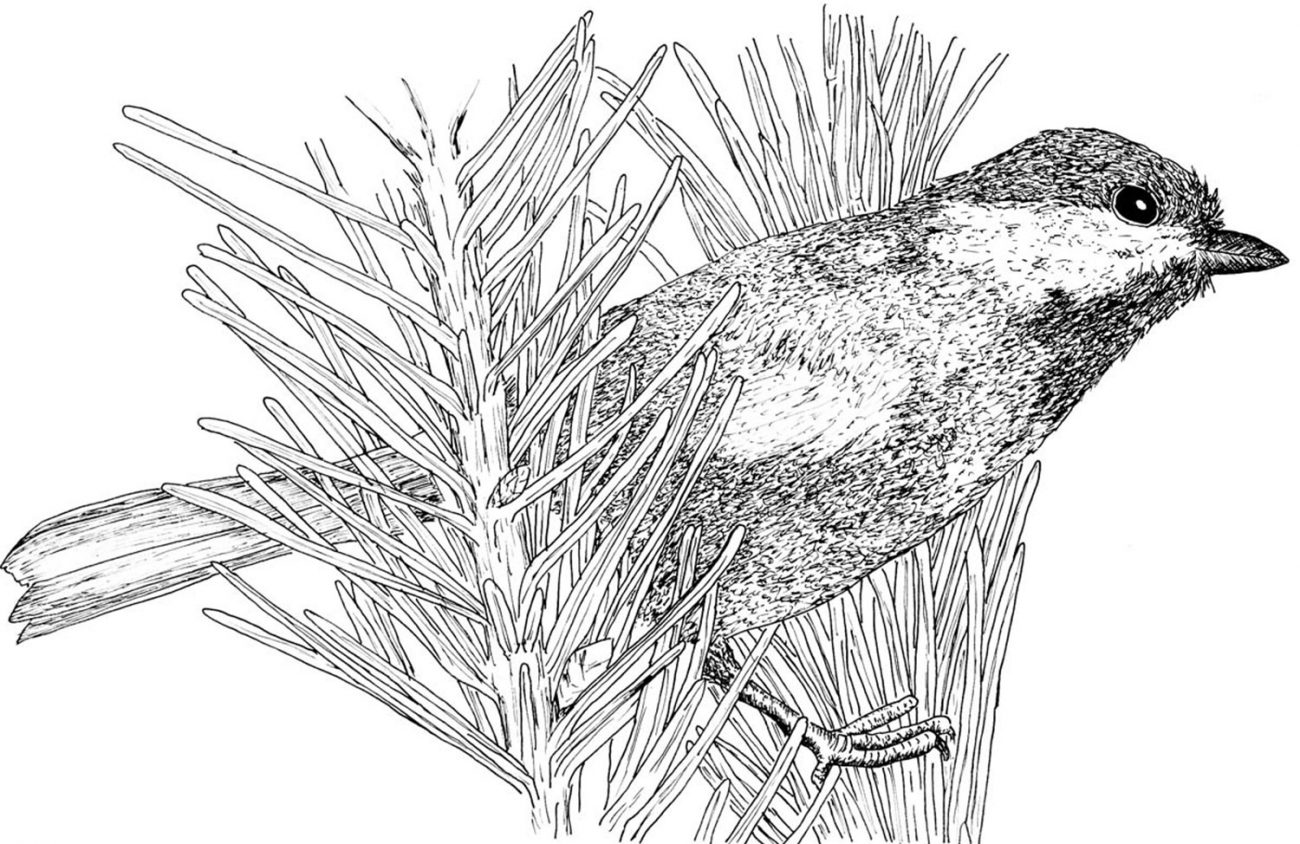Fall is the time of the year when acorns mature on oak trees. This year there has been a massive production of acorns, with mounds of acorns under both native and cultivated oaks. This is a phenomenon known as masting. To prevent population increases in animals like squirrels and birds that love to eat acorns, oaks produce only a few acorns in most years. Then, in a mast year, the number of acorns is much greater than can be consumed. When will the next mast year take place? It is not on a regular cycle but likely every four or five years, as in 2009 and 2013.
The heavy rains in September have given the mushroom season a terrific boost. Chanterelles appeared earlier than usual this year but in dry forests they were a bit thrifty. Now, the chanterelles, both white and yellows, are coming up in terrific numbers and the current crop is larger and more tender than ever. Don’t forget the mushroom show at the Mount Pisgah Arboretum on Sunday, Oct. 27.
Lots of acorns and yummy mushrooms are nature’s good news for us. The bad news is September’s report in Science magazine about the decline in bird populations, around 3 billion in North America over the past 50 years. Raptors and water fowl are actually increasing while smaller songbirds are hit the hardest. The causes include climate change, pesticides, urbanization and habitat degradation. All of these together give evidence that humans are committing suicide by ecocide.
David Wagner is a botanist who works in Eugene. He teaches moss classes, leads nature walks and makes nature calendars. He can be contacted through his website, fernzenmosses.com.
